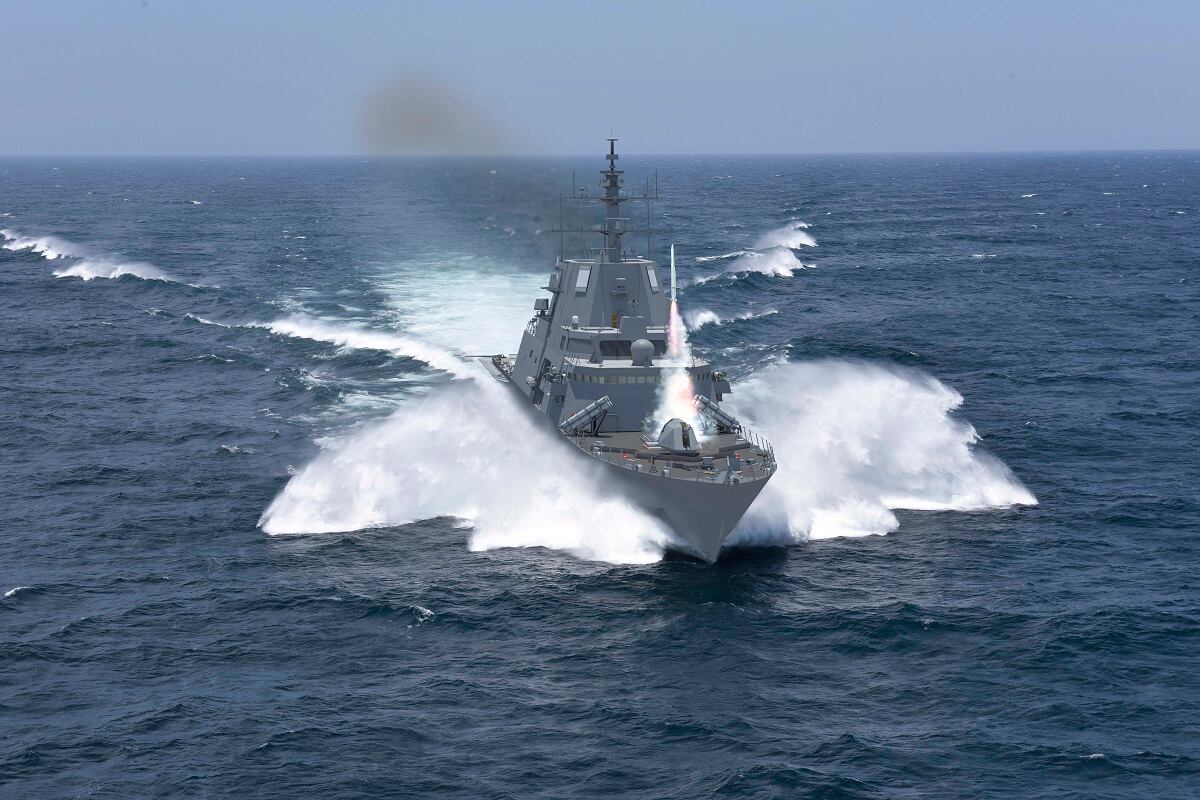WASHINGTON ― The U.S. Navy is steadily rolling out a new phase of work-ups for carrier strike group and amphibious ready group deployments aimed at boosting its surface warfare skills.
The amphibious assault ship Essex, along with the amphibious transport dock Arlington and dock landing ship Fort McHenry, wrapped up the first East Coast Surface Warfare Advanced Tactical Training, or SWATT, on June 28. The move is part of a push by the surface Navy to get its sailors back in the mindset of high-end warfare after decades of focusing on counter-piracy and other constabulary missions.
The idea is to employ more senior post-command surface warfare officers and a new group of junior officers trained as subject matter experts in specific functions of surface warfare ― dubbed warfare tactics instructors, or WTI ― to train the sailors in the group, similar to naval aviation’s Top Gun program. The instructors are attached to the Naval Surface and Mine Warfighting Development Center in San Diego, California.
Various WTIs are trained to focus on mine warfare, amphibious warfare, integrated air and missile defense, and sea combat.
RELATED

The SWATT phase is sandwiched between the basic phase of the work-ups, where each individual ship trains and qualifies to perform its missions, and the advanced phase where the whole group comes together for exercises and integrated training.
“SWATT bridges the gap between the basic and integrated training phases,” Lt. Mor Rosenberg, an anti-submarine warfare/surface warfare WTI who embarked on the amphibious assault ship Kearsarge during the exercise, said in a Navy release. “It is a crawl, walk and run methodology that supports units working together as a team.”
As it’s designed, SWATT is supposed to be five days of in-port training before 14 days underway, said Lt. Matthew Stroup, spokesman for the Naval Surface and Mine Warfighting Development Center.
As Kearsarge was underway, the group performed air warfare exercises, as well as live-fire drills and simulations against torpedo attacks.
Though the Kearsarge was the first East Coast SWATT, there have been two others this year on the West Coast. Both the Essex Amphibious Ready Group and the John C. Stennis Carrier Strike Group underwent the training.
For the cruiser-destroyer version of SWATT, the training focuses on the multiple mission areas performed by the Navy’s surface combatants, including surface warfare, anti-submarine warfare, integrated air and missile defense, and information warfare.
The senior mentors and WTIs plan the training, brief and debrief the watch teams and use replays of the scenario to show the watch teams what they did well and what they need to work on.
“Our goal is for surface ships and associated air assets to go through a SWATT during each deployment training cycle,” said Rear Adm. John Wade, commander of Naval Surface and Mine Warfighting Development Center, in an April release.
“The demand signal from the Fleet is there, and SWATTs are critically important to give our Sailors the competence and confidence to be more competitive in the maritime environment.”
David B. Larter was the naval warfare reporter for Defense News.







